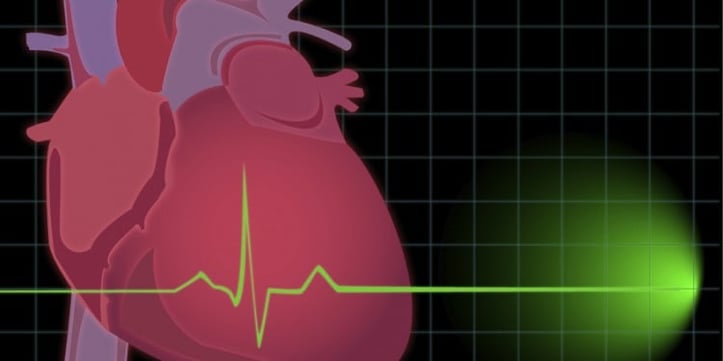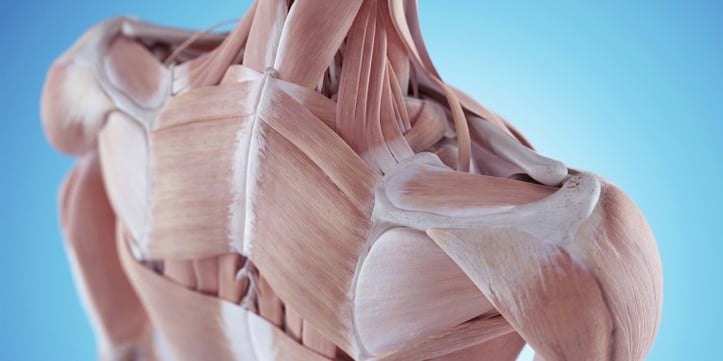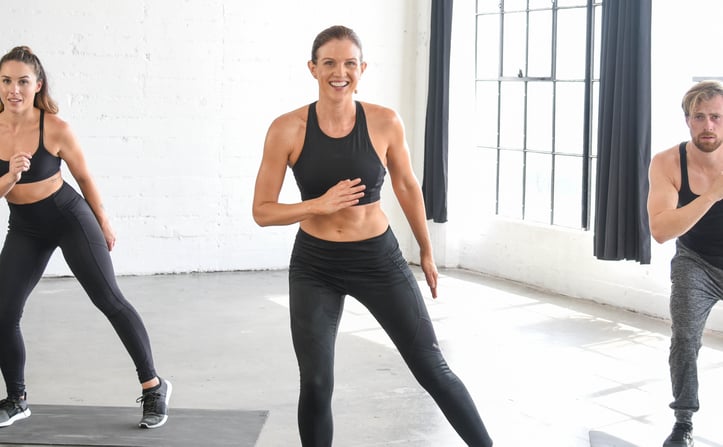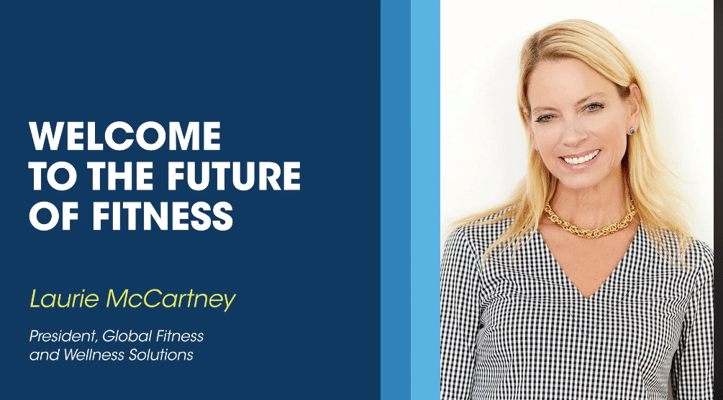High-Protein Diets: Science, Myths, & How to Get It Right for Your Fitness Goals

High-Protein Diets: Science, Myths, & How to Get It Right for Your Fitness Goals
If you’ve ever hit the gym aiming to build muscle, boost metabolism, or just feel more energized, you’ve probably heard: "Eat more protein." But what does "more" really mean? And is there such a thing as too much? Let’s break down the science, bust common myths, and give you a playbook that works—whether you’re a beginner or a seasoned lifter.
The Science: Why Protein Matters for Your Fitness Journey
Protein isn’t just for bodybuilders. It’s the building block of every muscle fiber, enzyme, and hormone in your body. Here’s the key science, backed by the National Institutes of Health (NIH):
- Muscle Synthesis & Repair: When you lift weights or do intense cardio, your muscles experience micro-tears. Protein provides amino acids (like leucine) that kickstart muscle protein synthesis (MPS), the process that rebuilds and strengthens those fibers. A 2021 study in the Journal of the International Society of Sports Nutrition found that consuming 20–40g of high-quality protein post-workout maximizes MPS—critical for hypertrophy (muscle growth).
- Metabolic Boost: Protein has a higher thermic effect (TEF) than carbs or fat, meaning your body burns 20–30% of its calories digesting it, vs. 5–10% for carbs. This makes protein a secret weapon for fat loss.
- Satiety: The amino acid tyrosine triggers the release of satiety hormones like CCK, helping you stay full longer. Perfect if you’re managing calories.
Key takeaway: Protein isn’t optional—it’s foundational for any fitness goal.
Myth Busting: What the Internet Gets Wrong About Protein
Let’s tackle two dangerous myths that hold people back:
- "More is always better." False. The American Council on Exercise (ACE) warns that exceeding 2.2g of protein per kg of body weight daily (e.g., 165g for a 75kg person) offers no extra muscle-building benefits. Worse, excess protein can strain kidneys (especially for those with pre-existing conditions, per Harvard Health) and displace fiber-rich carbs, harming gut health.
- "Plant proteins are ‘incomplete’ and inferior." Outdated. While plant proteins (e.g., beans, quinoa, tofu) lack some amino acids individually, combining them (e.g., rice + beans) creates a "complete" profile. A 2020 NASM study even found that well-planned vegan diets can support muscle growth as effectively as animal-based ones—if total protein intake is adequate.
Your Action Plan: How to Optimize Protein for Your Goals
Ready to put this into practice? Here’s a step-by-step guide:
-
Calculate Your Needs:
- General fitness/weight loss: 1.2–1.6g/kg body weight. (Example: 60kg = 72–96g/day)
- Strength training/muscle gain: 1.6–2.2g/kg. (Example: 70kg = 112–154g/day) Use apps like MyFitnessPal to track—consistency beats perfection.
-
Spread It Out: MPS peaks at 20–40g of protein per meal (depending on age; older adults need closer to 40g). Aim for 4–5 protein-rich meals/snacks daily. For example:
- Breakfast: Greek yogurt (17g) + 2 eggs (12g)
- Snack: 30g protein shake (20g)
- Lunch: Grilled chicken (30g) + quinoa (8g)
- Post-workout: Cottage cheese (25g) + berries
- Dinner: Salmon (22g) + lentils (9g)
-
Prioritize Quality:
- Animal sources: Eggs, Greek yogurt, chicken breast, salmon (high in leucine).
- Plant sources: Tofu, tempeh, edamame, seitan, or pea protein (great for vegans). Mixing both ensures you hit all amino acids.
-
Time It Right: Consume 20–30g of protein within 1–2 hours post-workout (the "anabolic window" is wider than once thought, but timing still matters). For morning workouts, have a protein-rich breakfast before training if possible—fasted training can limit MPS.
Final Tip: Listen to Your Body
Everyone’s tolerance is different. If you feel bloated, constipated, or fatigued, check your protein-carb balance—you might need more fiber or healthy carbs (like oats, sweet potatoes) to support energy and recovery.
Your next step? Start tracking your protein intake for 3 days. Notice how your energy, recovery, and hunger levels change. Adjust as needed, and remember: consistency over time is what moves the needle.
Whether you’re lifting for strength, slimming down, or just feeling stronger, protein is your ally. Now go fuel that progress—your muscles are waiting.

Fit vs Fat: Decoding Health's True Ruler

Pump Up Your Heart: Science-Driven Weight Loss

Wellness Technology: Your Path to Sustainable Weight Loss

A Sensible Guide to Dietary New Year's Resolutions

Prevent Shoulder and Rotator Cuff Injuries with Corrective Exercises

Overcome Fitness Plateaus: 4 Tips for Success

10 x 10 Thanksgiving Day Circuit: A Fitness Guide

Unleash Your Fitness Potential with Kit Rich's Training Secrets

The Future of Fitness: A Guide for Beginners to Intermediates

